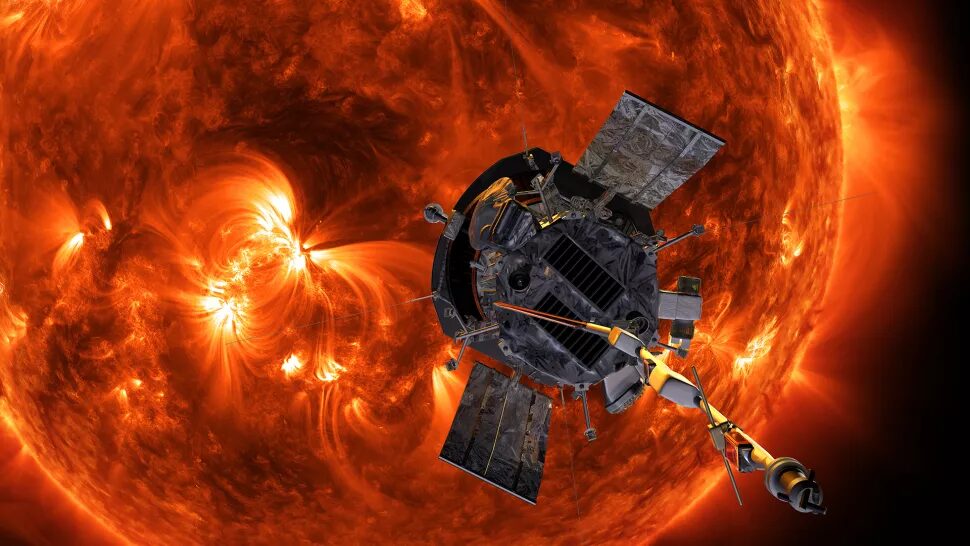
© NASA/Johns Hopkins APL/Steve GribbenArtist's concept of the Parker Solar Probe spacecraft approaching the sun. Launching in 2018, Parker Solar Probe will provide new data on solar activity and make critical contributions to our ability to forecast major space-weather events that impact life on Earth.
A NASA probe has entered the sun's atmosphere and "touched" the blazing corona, in a first for solar science.
The Parker Solar Probe, which launched in 2018, conducted seven flybys of the sun before dipping into the corona during its eighth flyby on April 28, 2021.
It made three trips into the sun's atmosphere, one of which lasted for 5 hours, mission scientists reported at a press briefing on Tuesday (Dec. 14) at the annual meeting of the American Geophysical Union (AGU).
In the upper reaches of the solar atmosphere, where temperatures average about 2 million degrees Fahrenheit (1 million degrees Celsius) — hotter than the light-emitting surface of the sun, which is only 10,000 F (5,500 C) —
the spacecraft collected atmospheric particles in a special instrument called the Solar Probe Cup. By entering and sampling the sun's atmosphere, the Parker Solar Probe accomplished a scientific achievement akin to landing on the moon, scientists said at the briefing."Imagine yourself sitting on a beach and staring at the ocean wondering what lies beneath the surface. This is basically what scientists have been doing for decades, wondering what mysteries lie in the sun's corona," said Nicola Fox, Heliophysics Division Director of the Science Mission Directorate at NASA Headquarters. And just three years after Parker Solar Probe's launch, "we have finally arrived; humanity has touched the sun," Fox said at AGU, held this year in New Orleans and online.
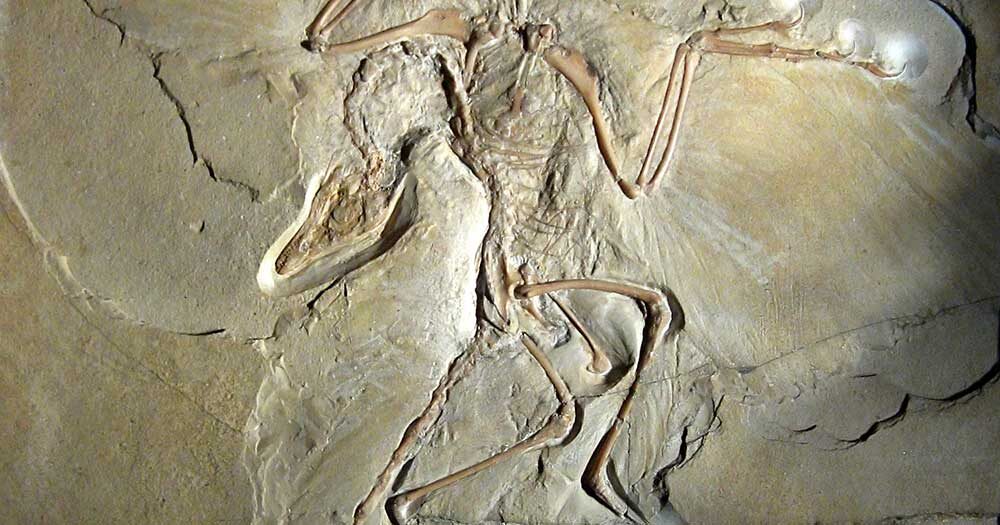
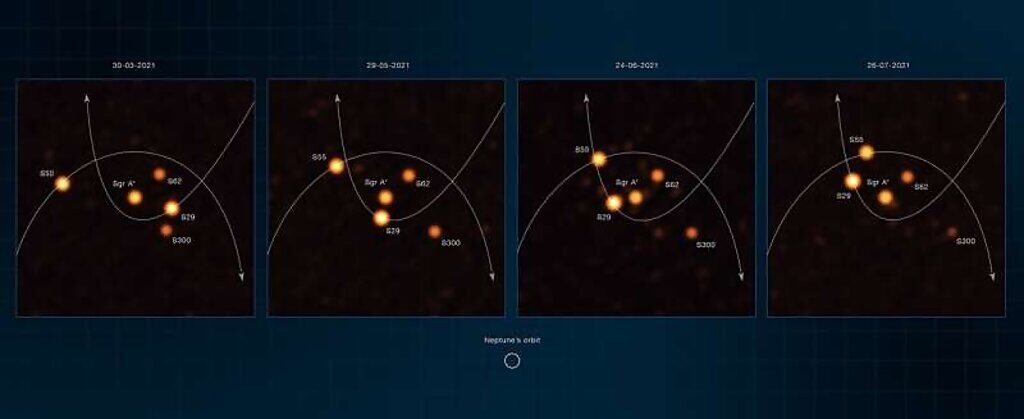


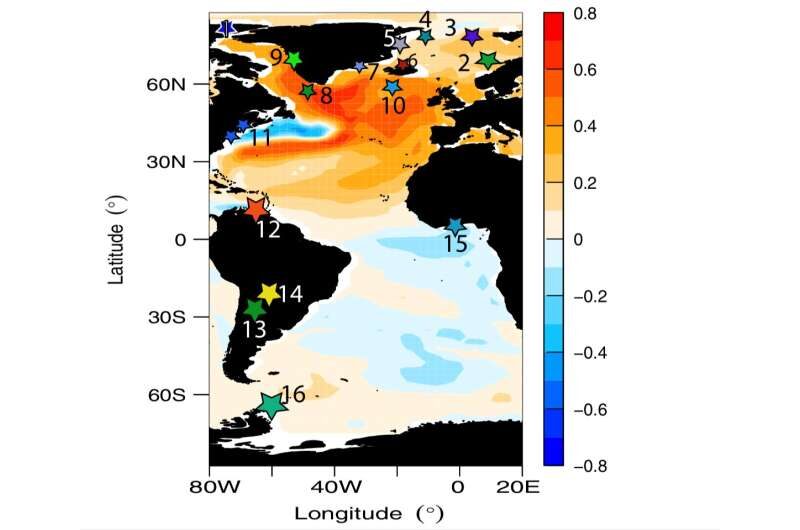



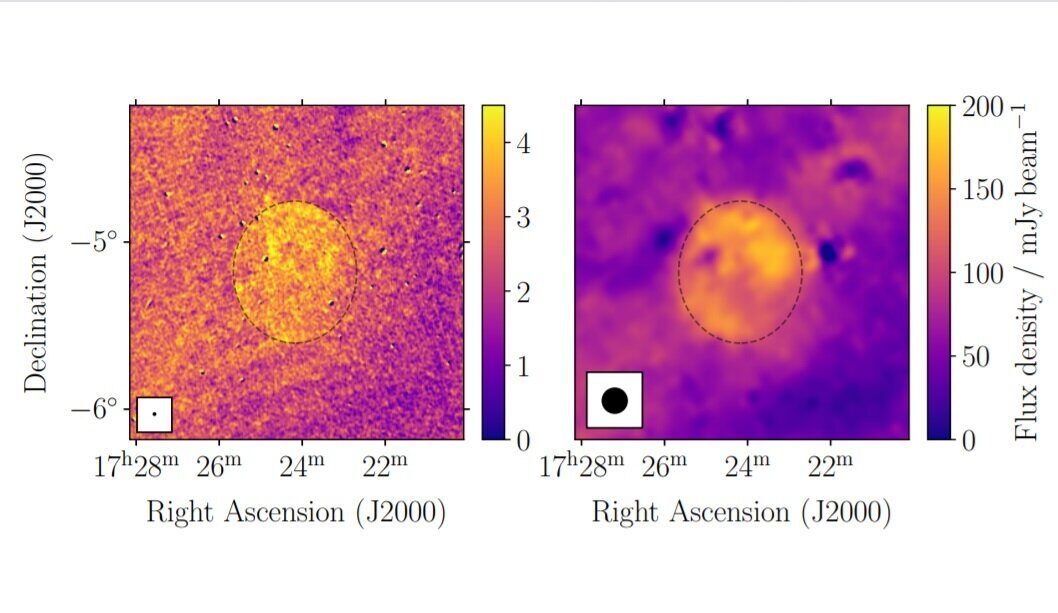




Comment: See also: